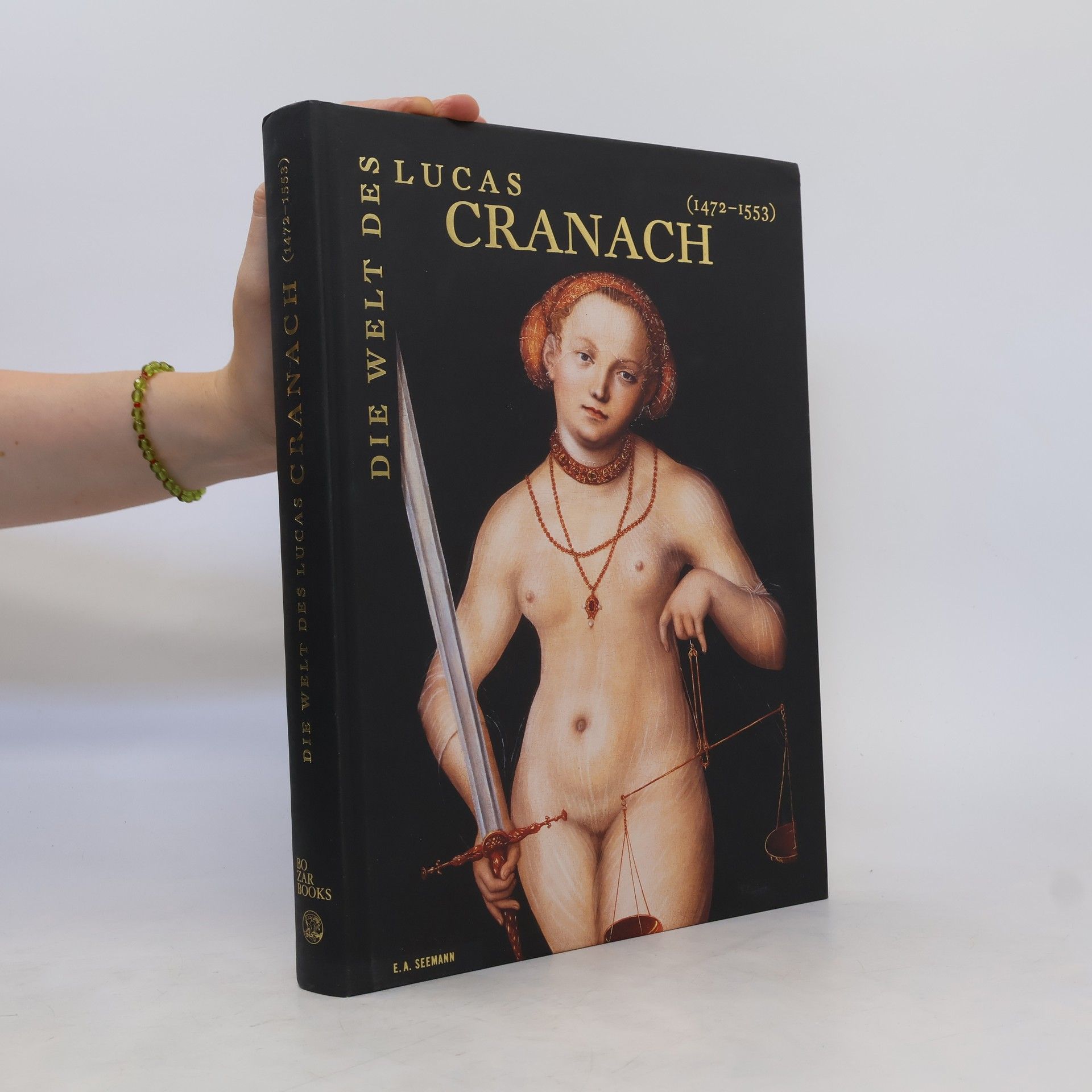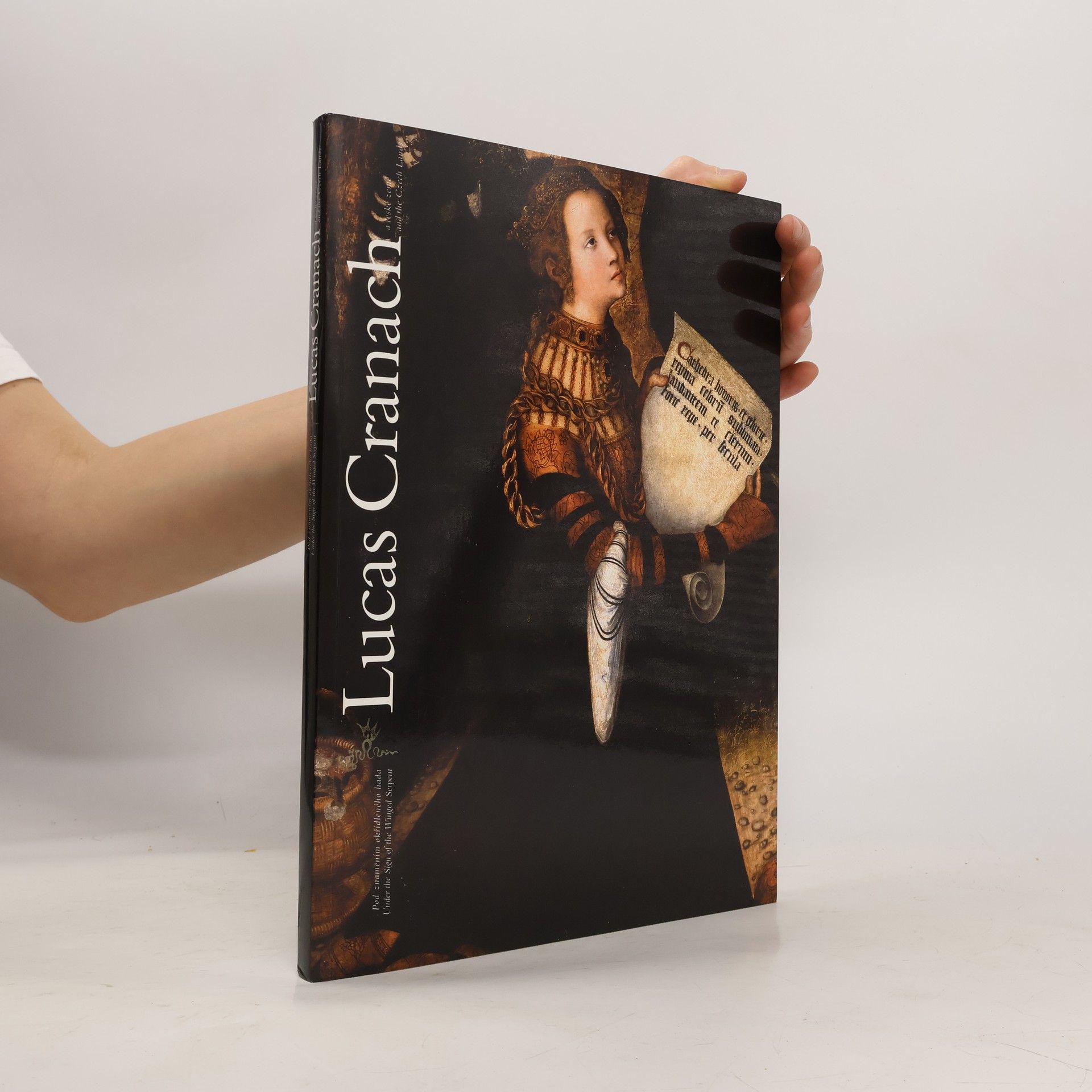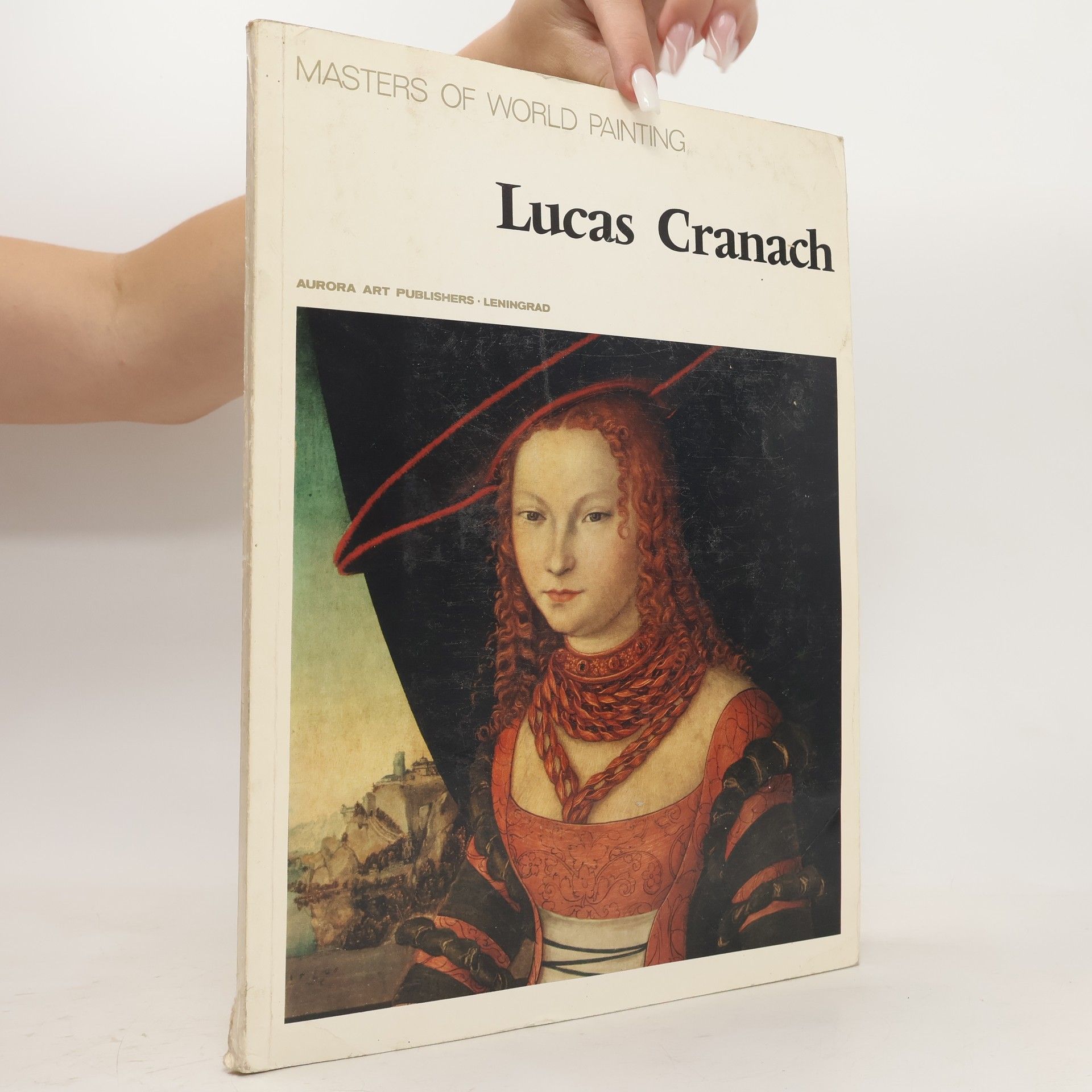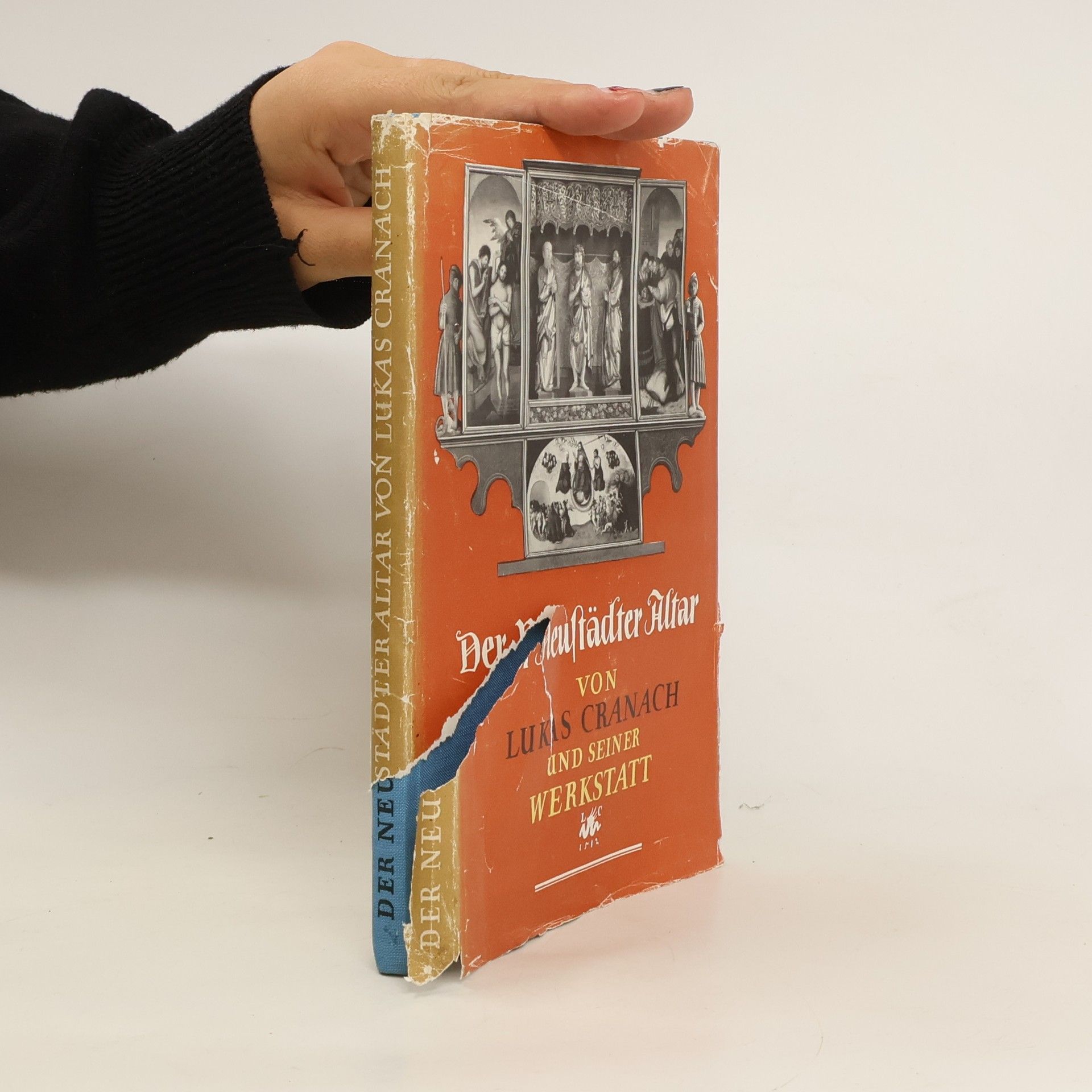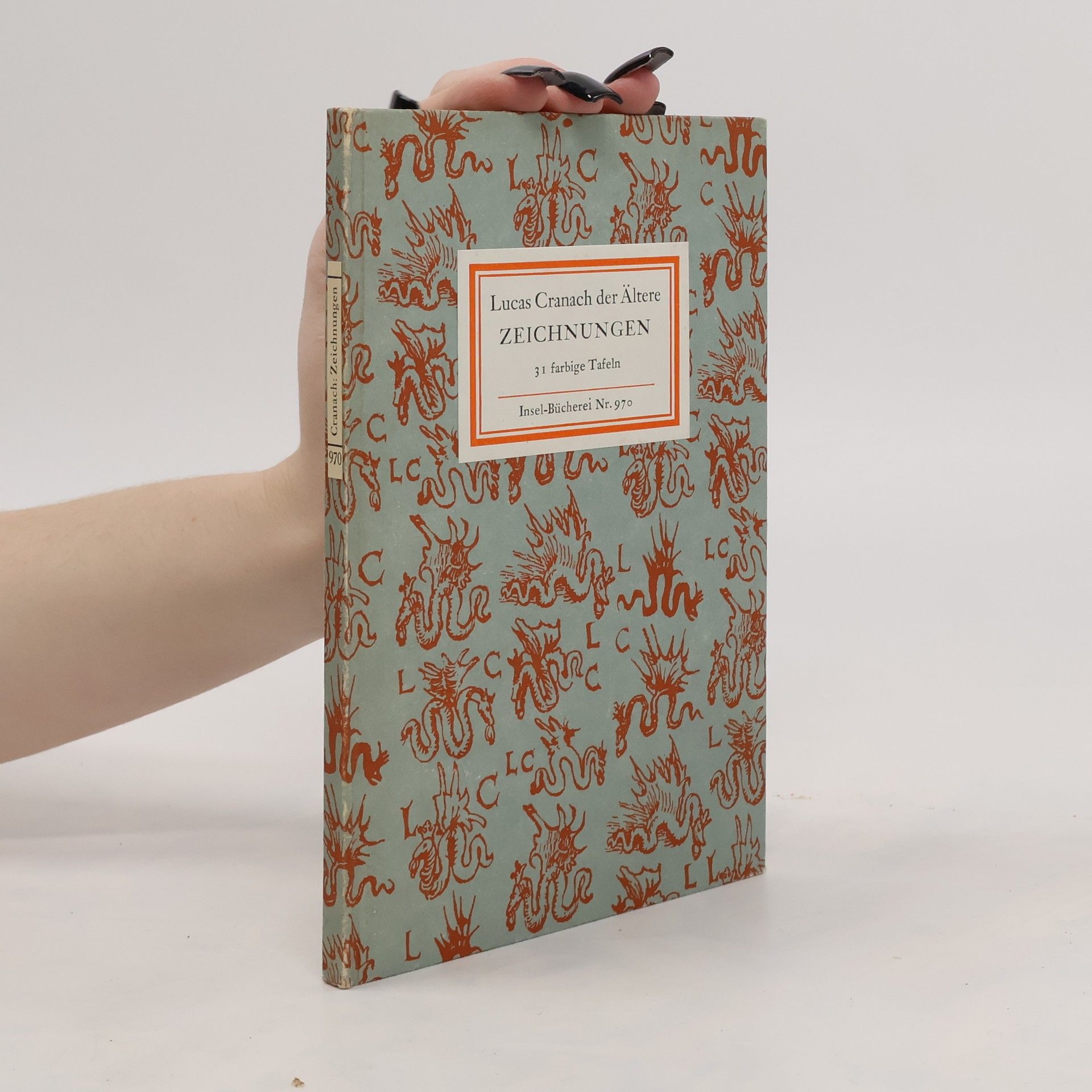Scenes From the Passion
- 36pages
- 2 heures de lecture
Focusing on Lucas Cranach, a pivotal figure in the German Reformation, the monograph explores his impact as a leading northern Renaissance printmaker. It highlights his Passion series, which showcases dramatic and emotional depth comparable to that of his contemporary, Albrecht Dürer. The work delves into Cranach's artistic significance and contributions to the era, emphasizing his role in shaping the visual narrative of the Reformation.


